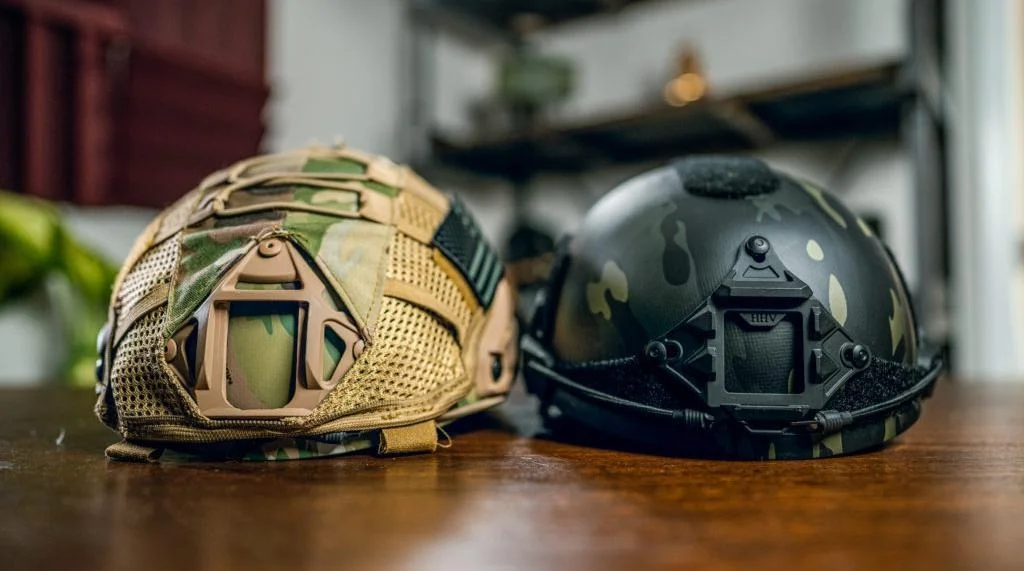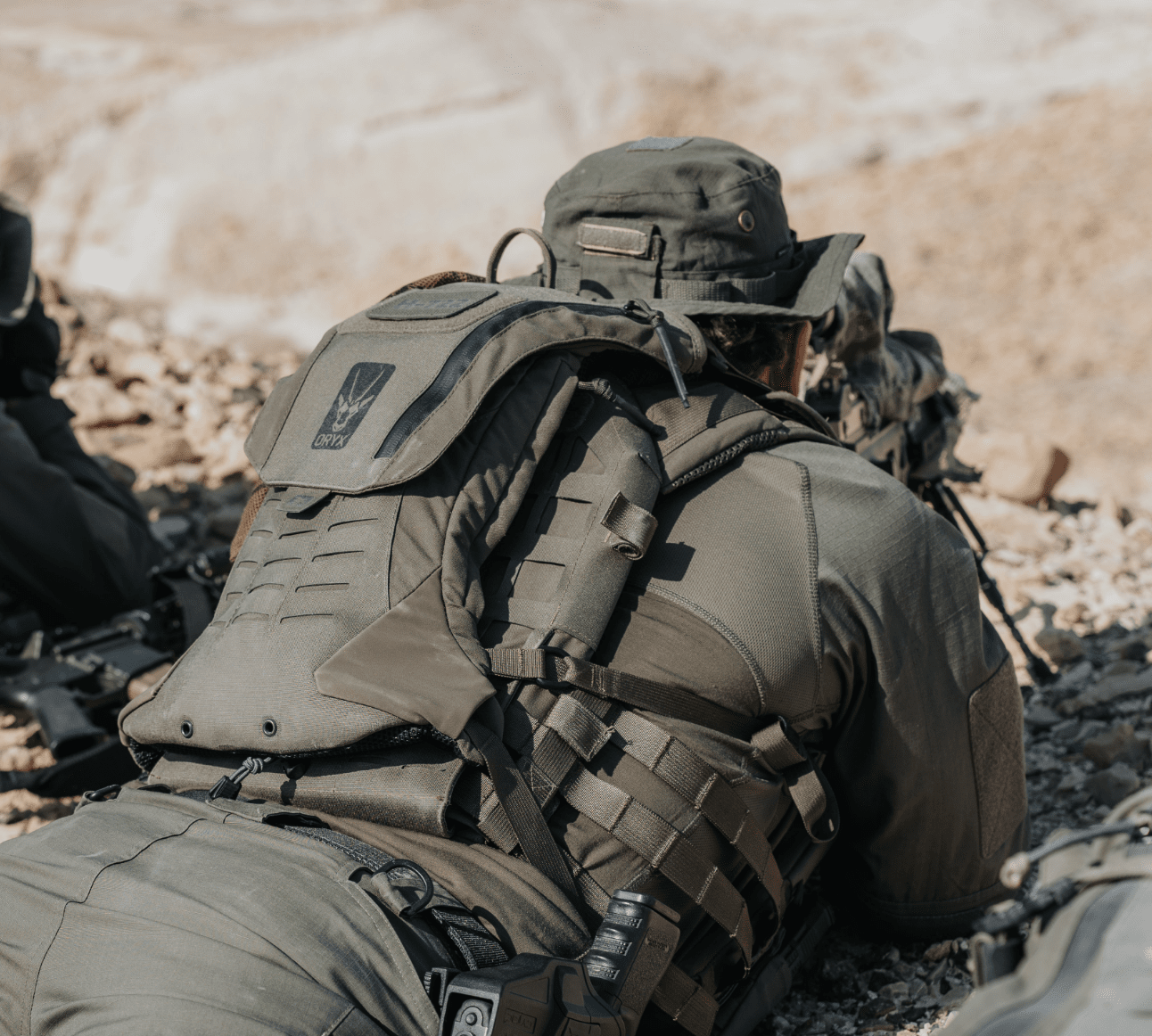Consider the appropriate size and style of military uniform
Military uniform is an indispensable symbol of soldiers and an important image of the dignity of the country and the army. Taiwan's current military uniform size system, established in 1986, includes different types of uniforms based on the height of soldiers. This size classification system contains too many groups and is overly complex, resulting in excess inventory, increasing storage costs and warehouse personnel workload, and wasting defense resources. This study uses support vector clustering (SVC) and genetic algorithm (GA) models to improve an outerwear sizing system for uniforms. The SVC technique was used to classify earthquake magnitudes, and the GA technique was used to determine the optimal parameter values for the SVC model. The publication develops an outerwear sizing system that improves the fit of the uniform to the soldier's body type and reduces the number of size groups, reducing camp staff workload and storage costs.
An improved sizing system was developed based on anthropometric data obtained from military personnel. Our goal is to reduce the size intervals and the number of size groups in the current military uniform sizing system to better fit military members. Only a few extreme values cause a backlog. When we determine the purchased quantity of each size, we can refer to the size ratio statistics in Table 4 and Table 6. This should also reduce storage costs and workload for warehouse employees. It should also have a positive economic effect. We use statistical tests to assess whether the new system is a significant improvement over the current system.
Consider the purpose of the military uniform
Military uniform is an essential part of the military. They are symbols of strength and power, as well as professionalism and discipline. But there's more to this story. Military uniforms present unique challenges as they are designed to withstand extreme conditions and wear and tear.
Military uniforms are standardized, distinctive forms of dress that distinguish soldiers and sailors from civilians. Military uniforms have many psychological implications, including the importance of style, appearance, and color, as well as badges, decorations, etc. These contribute to unity, order and discipline, and to soldier camaraderie, cohesion, and team spirit. Several traits contribute to a formal display of patriotism. Other important human factors relate to practicality, functionality, utility, comfort, and body armor, which all affect soldier performance. This chapter discusses some of these human factors and demonstrates the importance of applying a human-machine systems integration approach to the design and development of military uniforms.
Research the different types of military uniforms
Military uniform is an important part of military culture. Uniforms have varied greatly throughout history, with different colors, styles, and elements changing in function, comfort, and utility over time. However, one thing remains the same: Servicemen and women must always abide by applicable military rules when wearing uniforms. Everything needs to be in place, organized, and stored properly so everyone in the unit appears professional and unified.
The combat uniform system used by many modern armed forces today not only breaks up the silhouette soldiers use on the battlefield during the day but also has a distinctive appearance that makes them difficult to spot with enhancements such as night vision goggles (NVGs). These modern "digital" printed uniforms have a somewhat mottled appearance, often in subdued colors, to provide visual camouflage in a variety of environments. The U.S. Army now issues Army Combat Uniforms for all areas of operations, replacing the Combat and Desert Combat Uniforms. The color scheme for these ACUs is a faded green/gray/brown pattern of randomly occurring rectangular shapes. The pocket profile on the front of the jacket is offset from vertical to present a less prominent straight line for the eye to follow when using NVG. The United States Marine Corps also issued similar uniforms with MARPAT graphics. The US Marine Corps is considering CADPAT for their new model. However, the Canadian government owns the copyright to the pattern, which has been in development since 1988. The Canadian government provided information and manufacturers to help the Marines design their own computer-generated digitally patterned pixel uniforms. Although their livery is not meant to replace the forest print and desert print livery, both the digital forest print and the digital desert print are available. Likewise, the U.S. Air Force has begun issuing digital patterned uniforms (these uniforms have blue/gray/tan patterns) to its military personnel.



